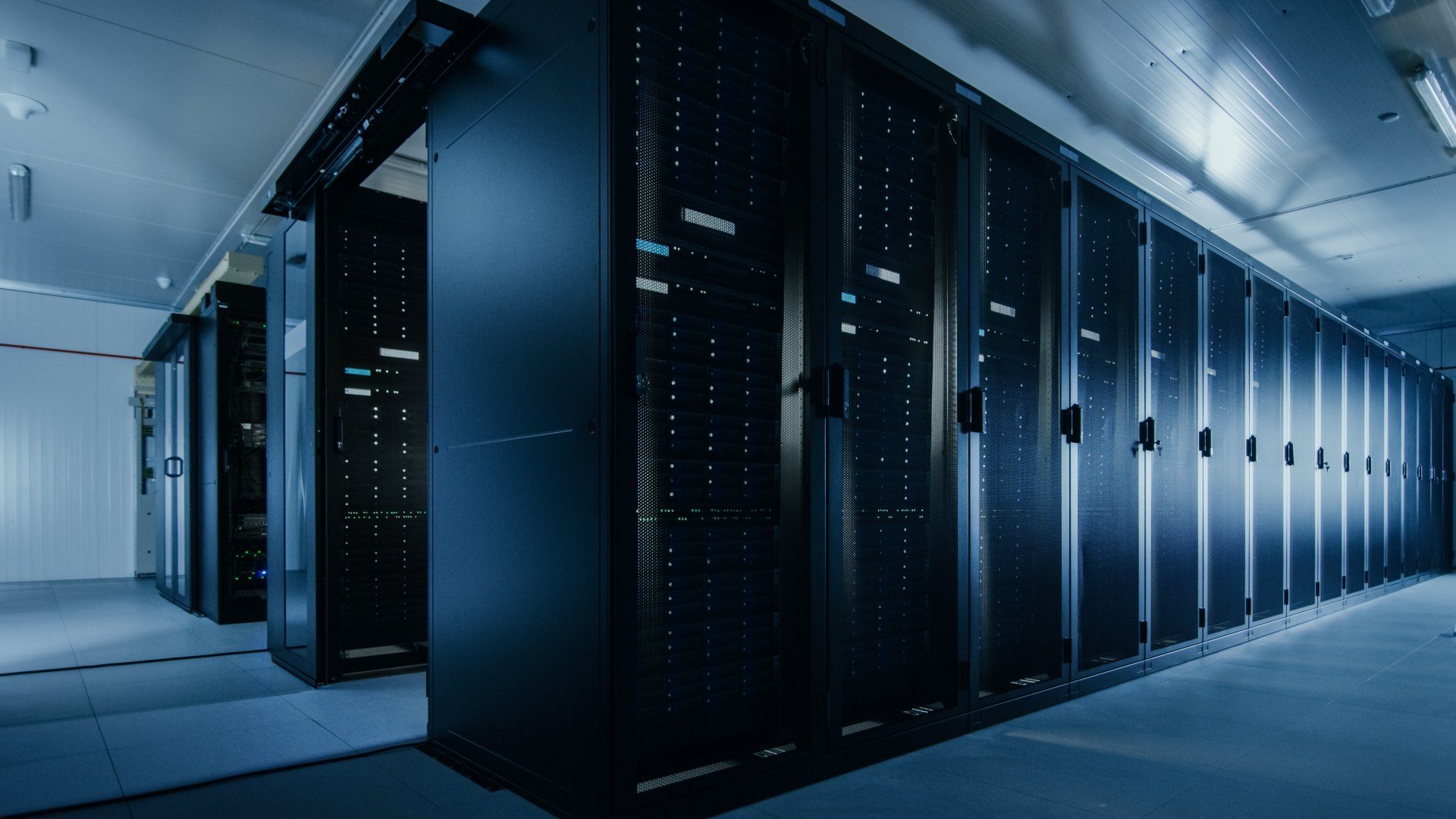Cloud computing has been part of our culture since the mid-00s. However, it was invented decades prior. Fortunately, technology has propelled us forward enough to where we are now comfortable using and understanding the term in normal conversations. We are also at a point where the number of things that can be done in the cloud has increased far beyond what was anticipated years ago.
This increase in services has allowed businesses to look out for what’s best in regard to their needs. Part of the process includes comparing cloud services. In this case, what are the pros and cons of choosing bare metal cloud over a traditional cloud service? Here, we’re going to go through each side to get a better idea of how each option would work.
Bare Metal Cloud
Pros
- High Performance: It would be difficult for any other service to match the performance of bare metal cloud. Having a dedicated server means users don’t need to compete with anyone else using the same server. All of that accessible power is sort of like unlimited potential for business needs. If your company has applications that use up much of a computer’s resources, the performance capabilities of bare metal cloud alone might be a selling factor.
- Top-Notch Security: Security is something that should be a top priority for any business, small or large. Thanks to having physical servers dedicated to one client, cloud computing has never been safer. That includes dealing with sensitive data in need of compliance.
- Customization: Something clients who are especially hands-on will see advantageous is the ability to really customize workload requirements in bare metal cloud. Being able to pick the processor, storage, memory, and more puts the ultimate control into the user’s hands. Businesses will ultimately be able to make the most of the resources with detailed precision.
Cons
- Cost: Having a server all to your business and being able to customize in a dramatic way comes with costs that are going to be beyond what a traditional service with fewer options would charge.
- Limited Scalability: Due to the stream of customizations, scaling a cloud environment like this one might pose a challenge. It can take an awful amount of time to put together out of both complexity as well as it just being a lengthy process. Each new server would require the same manual approach.
Traditional Cloud Services
Pros
- Budget-Friendly: Being cost-sensitive is something many companies lean toward, especially in tough economic times. Everyone wants the best for their customers but not every budget can make room for higher-end services. Traditional cloud services offer more price flexibility because of shared resources. This means fewer costs upfront and lower monthly payments.
- Rapid Scalability: Sharing servers also means there is less to worry about when needing to expand or scale. Setup is quick and mostly user-friendly. Even requirement changes can be done rather swiftly.
- Managed Services: Traditional providers usually give their clients the option to add on other services. A popular example is database management where the provider keeps an eye out on the cloud, so the business doesn’t have to.
Cons
- Shared Resources: Sharing resources is all good until it starts having an impact on your applications. The “noisy neighbor” is a problem where others on your server are hogging things like bandwidth and other resources. If there’s one thing no one likes is a slow load.
- Limited Customization: A big difference with the customization from traditional providers is comparable to building a website from scratch with code versus using a website builder with prespecified options. Yes, you’ll still have what you need but may be unable to get it exactly the way you want it.
Deciding Factors
Choosing between bare metal cloud and traditional cloud services might not be as cut and dry as one might think. There are plenty of variables that might sway users one way or another. At the end of the day, it’s a very individual choice but here are a few points that might aid in your consideration.
Workload
Take some time to really get some insight into what the workload requires. The more resources are needed, the more you might need to opt for bare metal cloud.
Budget
If the budget is tight, a traditional service can get you up and running in no time. When profits begin accumulating later on, you can always revisit the choice later.
Security
Is securing sensitive data of the utmost importance at your company? Do you have compliance to think about? Enhanced security with bare metal cloud might be the safest route.
Related Resources:
Bare Metal Cloud for DevOps: Streamlining Deployment and Testing
Bare Metal Cloud for High-Performance Computing: Applications and Benefits
Bare Metal Cloud Security: Ensuring Data Protection and Compliance
Bare Metal Cloud vs. On-Premises Infrastructure: Making the Right Decision
Comparing Bare Metal Cloud vs. Traditional Cloud Services: Pros and Cons
Bare Metal vs Cloud – What You Should Consider
Bare Metal vs Dedicated Server – What You Need To Consider




